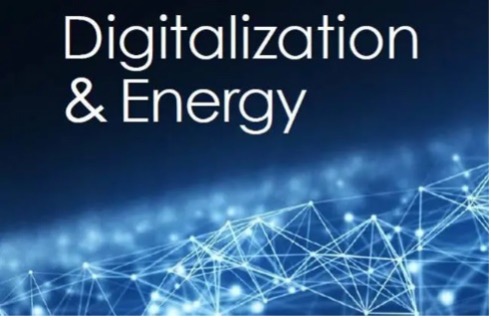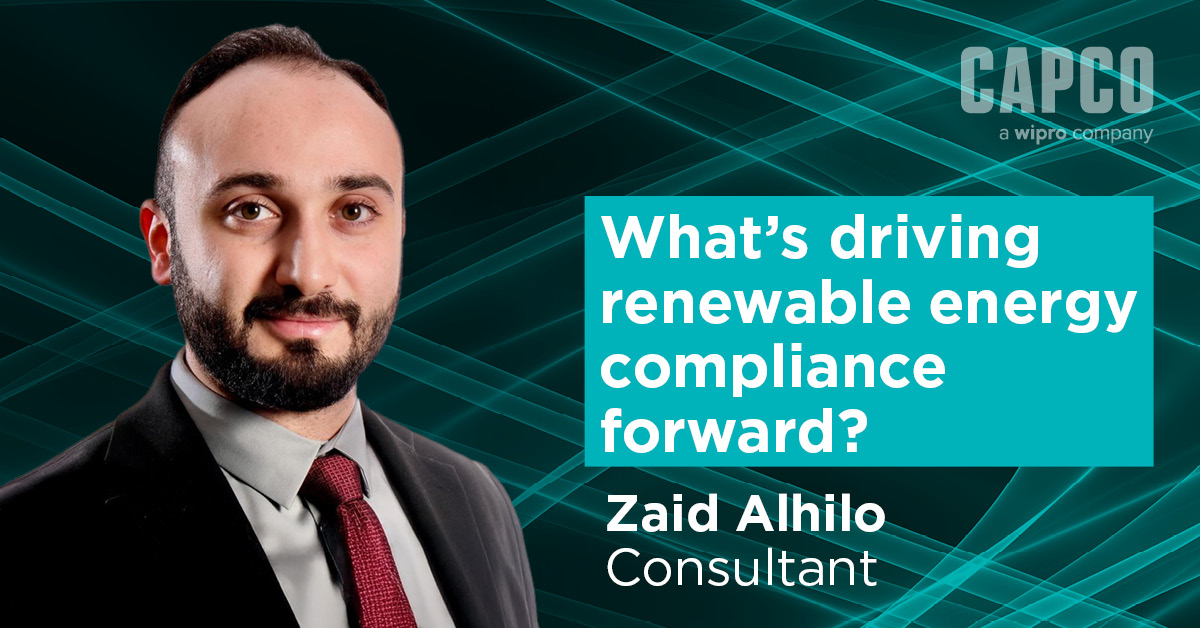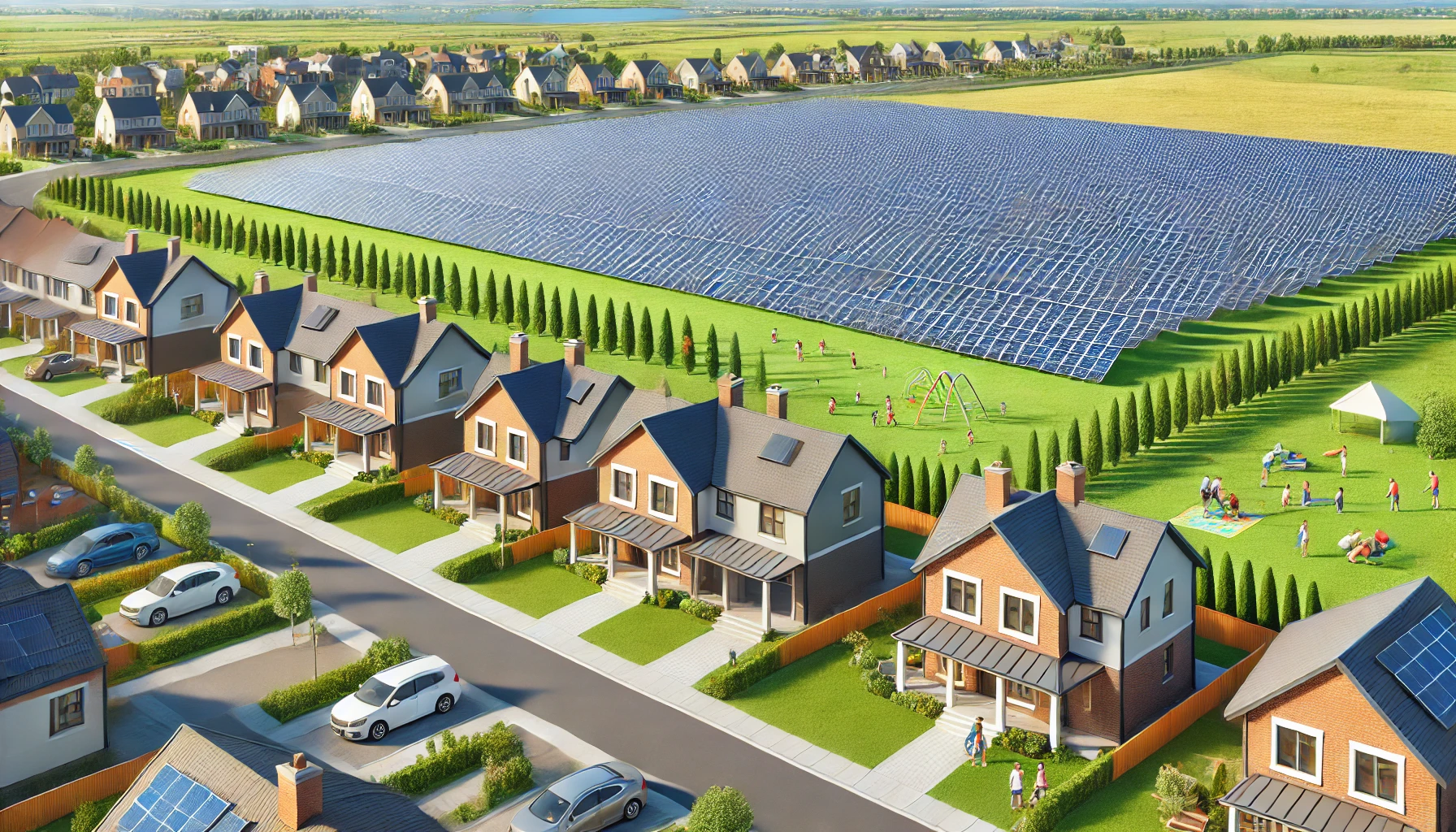Introduction
It has taken a while for technology to catch up with societal needs in the energy sector, but how does this look when thinking about creating a sustainable digitization pathway for the retail energy commercial customer? We will take a little dip into highly relevant topics, all focused on the progression and mass market uptake of a completely digital, two-way relationship between commercial end users and the entire liberalized energy value chain (wholesale to retail).
Technology Evolution
So, let’s consider how meter data has evolved into a living, breathing indicator of commercial end-user needs; and how that has shaped customer profiles and energy decision-making. The smart meter evolution is ongoing, but in most retail energy markets, it is a required piece of technology because retail energy is highly affected by market conditions. Without this smart meter, we cannot compare aggregate, account, and load level (sub-metered) usage and demand for energy products in a timely manner. A smart meter offers us a cumulative indication of what each commercial customer load represents in a blueprint of energy demand. Today, smart meters paint a more detailed 3-D model of energy use down to a very granular level. As technology providers, we are charged with leveraging this meter data to make in a way that we can make it actionable, both in analytics and operationally, through a settled financial transaction.
Transformation
The energy landscape has changed significantly now that mass market adoption of EVs and onsite generation (DER) has begun to ramp up. Now we have a true, two-way power flow relationship between commercial end users and retail energy providers where each entity is truly dependent on the other. Traditionally it’s been more one-way, with supply and demand driving the need, but besides enabling data and information for customers to make real energy decisions, the digital transformation is reshaping the energy value chain, which, as you know, has also evolved toward a more diverse, decentralized network of lower capacity, more flexible generation where more diverse energy options can be presented to commercial end users. For the retailer, it’s about capturing the needs of the commercial customer, interpreting the data and information about the customer through its digital profile, and creating a demand for energy products that can automatically be procured by the end user based on their set criteria, then capturing this revenue. For the commercial customer, it is about transparency, flexibility, and security in that they have options to choose from that include their own resources presented in a single view where decisions can be made, as I said earlier, in hours or minutes. So how do we create this “neural digital pathway” throughout the energy value chain?
Secure Energy Future
So, while technological transformation has indeed occurred, the human factor is an issue even without a global pandemic. In the end, COVID-19 has accelerated retail customers’ needs in certain areas. The need for a digital pathway to energy has become very important, but the question remains how do we get the things that retail customers need to them in the way that they want them and when they want them?” What does the current and future status quo of the retail energy provider look like with regards to digital transformation and their willingness as well as ability to properly transition into a modern utility, creating a completely digitized pathway for commercial customers?
A recent Celerity survey revealed that leadership is keenly aware of the role that digital transformation can play in not only driving businesses forward; but protecting their companies from future shocks. Whatever our “new normal” ultimately looks like, it’s clear that successful digital transformations will set companies apart from their competitors. Organizations that succeed here will see the bottom-line value like never before. People and technology aren’t mutually exclusive. Competitiveness is going to be as much an index of tech capabilities as it is of outcomes around hiring, engagement, and retention. Commercial retail energy customers are savvier and demand the most reliable, flexible, and secure digitization pathway available. The technology exists to enable detailed, down-to-each-load energy demand profiles by end-use. We have been in mass market transformation mode on smart metering for over a decade, and now we know we have this massive amount of data to work with, not just outage restoration, that is just playing defense. Retailers need to go on the offensive, completely digitizing a two-way power connection with customers and enabling a real-time, safe, secure relationship without losing the humanization factor.
Certain companies have been advancing this digital pathway between end users and retail energy suppliers for over a decade in Europe and the UK, and they are now introducing it to the US markets. Stay tuned for part two of this article, where we will take a closer look at this development and what it could mean for US retail energy suppliers.
By: Steve Alexander, Director Business Development, Jules Energy










